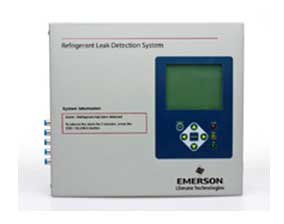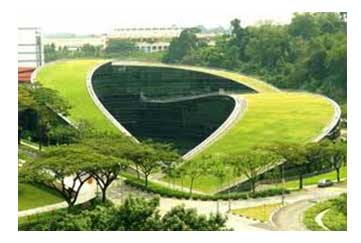FEIAP Green Design Guide – Non-Residential Building
Click Here to View Example 20
Part 4: Indoor Environmental Quality
4-1 Thermal Comfort
Air-conditioning system is designed to allow for cooling load variations due to fluctuations in ambient air temperature to ensure consistent indoor conditions for thermal comfort.
Indoor temp between 22.5 to 25.5 ° C
Relative Humidity < 70%
4-2 Noise Level
Occupied spaces in buildings are designed with good ambient sound levels.
4-3 Indoor Air Pollutants
Minimise airborne contaminants, mainly from inside sources to promote a healthy indoor environment.
(a) Use of low volatile organic compounds (VOC) paints.
(d) Use of certified adhesives for composite wood products.
(e) Odorless paint
4-4 High Frequency Ballasts
Applicable to offices, classrooms and the like
Improve workplace lighting quality by avoiding low frequency flicker associated with fluorescent lighting with the use of high frequency ballasts in the fluorescent luminaries.
Part 5: Other Green Features
5-1 Green Features & Innovations
Encourage the use of other green features which are innovative and/or have positive environmental impact.
Examples:
- Pneumatic waste collection system
- Rainwater harvesting(tank capacity at least 50% of falling rain water on the roof)
- for energy generation (hydraulic energy)
- irrigation
- Dual chute system
- Self cleaning façade system
- Infiltration trenches
- Integrated storm water retention/treatment into landscaping(50% runoff volume reduction)
- Etc
- Rooftop garden- cooling purposes, aesthetic value, environmentally friendly
- Side wall plantation- cooling purposes, environmentally friendly
- In low traffic areas use porous paved surfaces to assist on-site storm water infiltration and reduce erosion
- Environmental Tobacco Smoke Control



